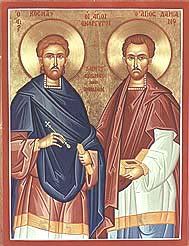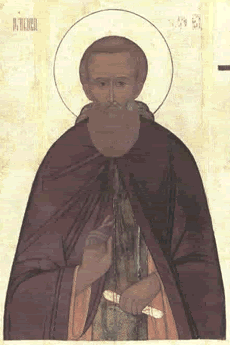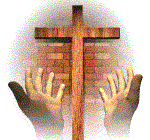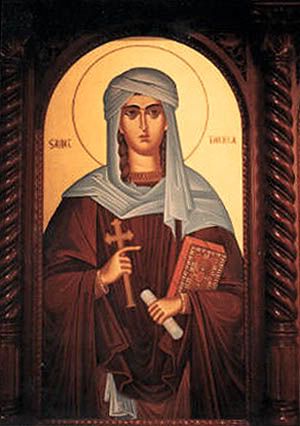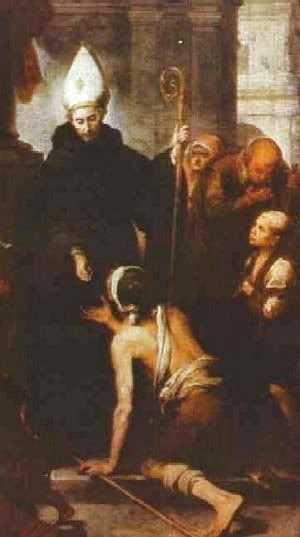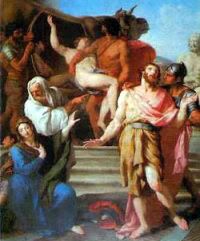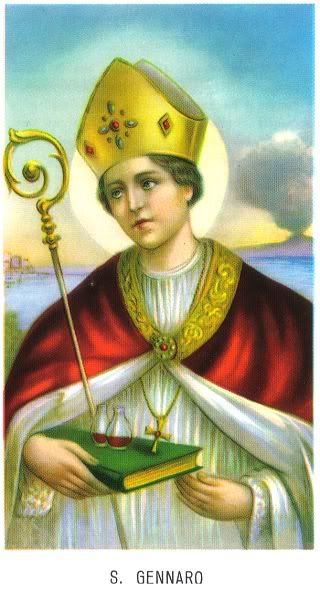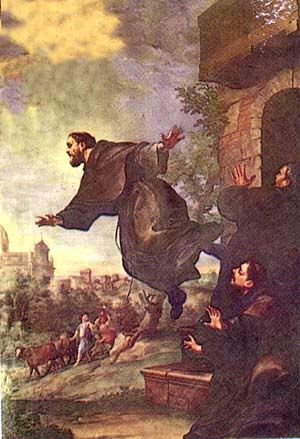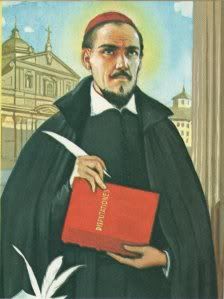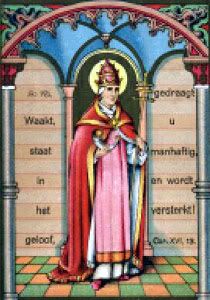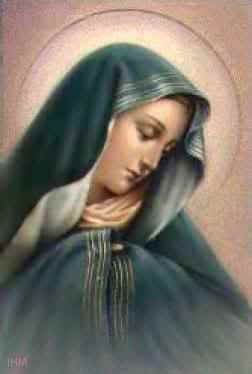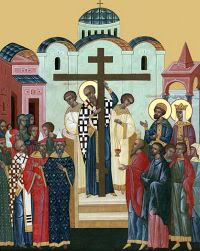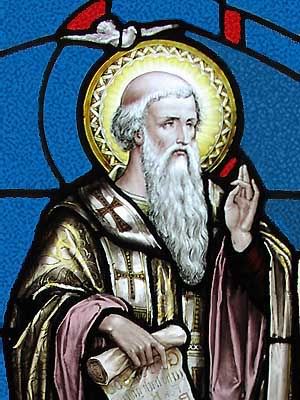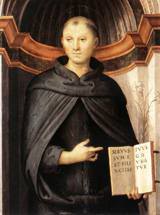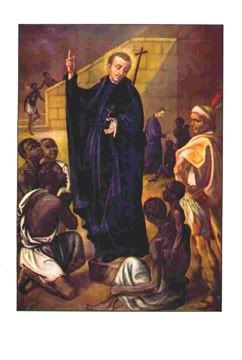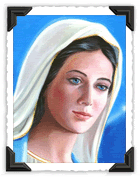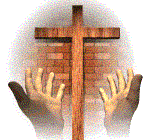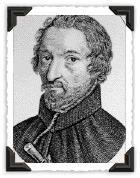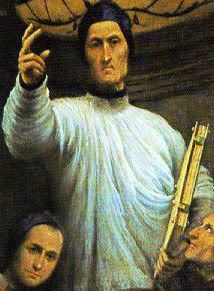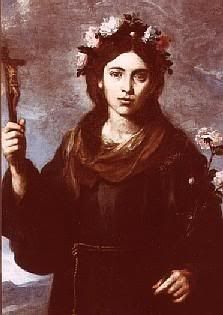September 27 - St. Vincent De Paul
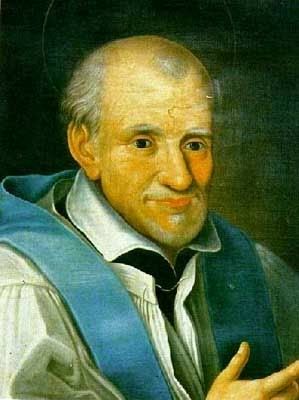
SEPTEMBER 27
ST. VINCENT DE PAUL
Vincent, the son of poor French peasants, was born in 1581. When he grew up and became famous, he loved to tell people how he had taken care of his father's pigs. Because he was intelligent, his father sent him to school. And after finishing his studies, Vincent became a priest.
At first, he was given an important position as the teacher of rich children, and he lived rather comfortably. Then one day, he was called to the side of a dying peasant. In front of many people, this man declared that all his past confessions had been bad ones. Suddenly Father Vincent realized how badly the poor people of France needed spiritual help. When he began to preach to them, crowds went to confession. He finally decided to start a congregation of priests to work especially among the poor.
The charities of St. Vincent de Paul were so many that it seems impossible for one person to have begun so much. He took care of criminals who worked on the sailing ships. He started the Congregation of the Sisters of Charity with St. Louise de Marillac. He opened hospitals and homes for orphans and old people. He collected large sums of money for poor areas, sent missionaries to many countries, and bought back prisoners from the Mohammedans. Even though he was such a charitable man, however, he humbly admitted that he was not so by nature. "I would have been hard, rough and ill-tempered," he said "were it not for God's grace." Vincent de Paul died in Paris on September 27, 1660. He was proclaimed a saint in 1737 by Pope Clement XII.
